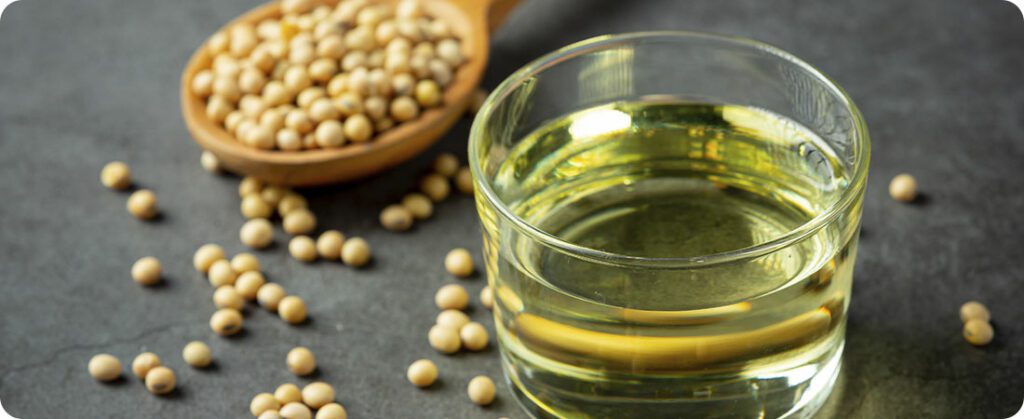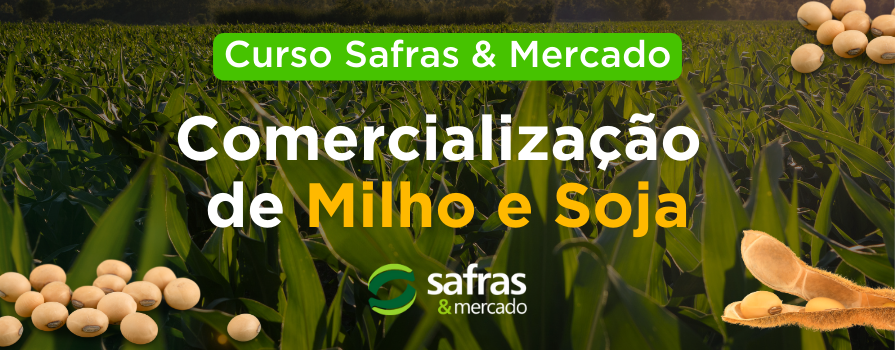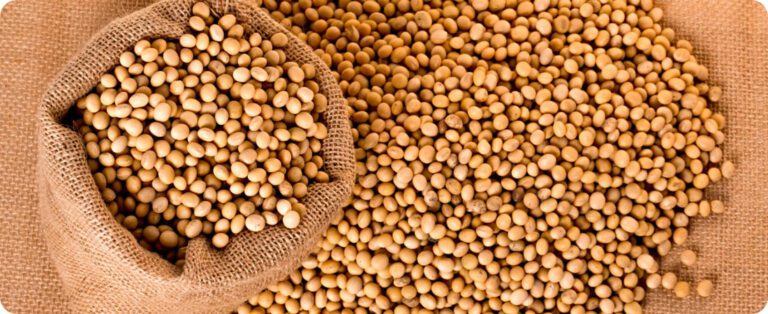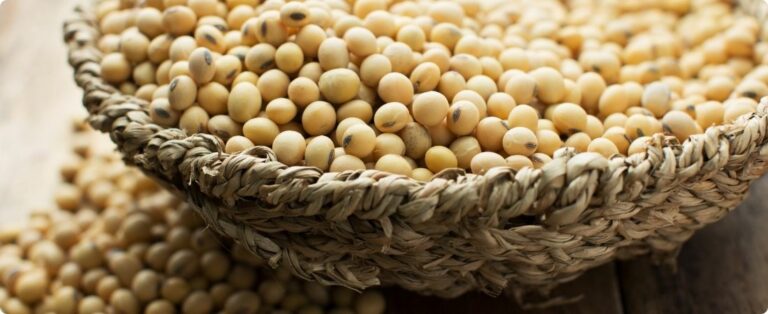
La Niña, a climate phenomenon that has been expected since early 2024, finally appears to be taking hold. According to NOAA (the United States National Oceanic and Atmospheric Administration), the conditions for the phenomenon to form were met in the week of December 11, 2024, with the temperature of the Equatorial Pacific Ocean 0.6°C below average. These conditions are expected to persist in the coming months, directly impacting Brazilian crops.
Impacts on the 2024/25 soybean harvest
USDA Brasilia recently raised its estimate for the harvest of soy in Brazil, projecting 165 million tons, an increase of 7.87% compared to the 152 million tons of the previous cycle. This optimism is due to favorable weather conditions in much of the country, with few areas facing water deficit.
However, recurring rainfall in central Brazil, characteristic of a La Niña, has raised concerns. Since the early stages, soybean crops in this region have been growing under wetter conditions, which has increased the demand for combating Asian rust. In addition, the lack of direct sunlight during grain filling can significantly compromise productivity.
Risks of lack of sunlight
Sunlight is essential for photosynthesis, the process responsible for producing energy and sugars necessary for the growth and development of grains. A lack of light can result in the following problems:
- Reduction of photosynthesis: Limits energy production, leading to smaller, lighter grains.
- Malformed grains: Incomplete filling results in lower quality beans.
- Decreased productivity: Less sugar in the pods compromises the final weight of the production.
- Delayed maturation: The plant cycle can be prolonged, affecting the harvest schedule and increasing climate risks.
- Increased plant stress: Even in overcast conditions, plants continue to breathe, consuming energy without sufficient production, which worsens the energy balance.
Projections for the harvest period
Projections indicate a drier period during the harvest, which may benefit crops in more advanced stages. On the other hand, areas with late development still require high water availability, which makes the scenario challenging.
Despite optimism about crop yields, the combination of excessive rainfall, lack of sunlight and specific demands at each stage of the crops reinforces the need for constant monitoring. The year 2025 presents delicate climate dynamics, but with potential for good results if the challenges are managed effectively.
Source: Gabriel Rodrigues | agrolink















